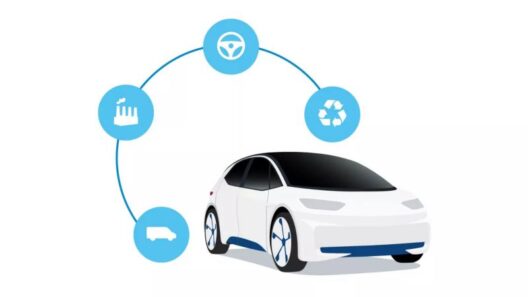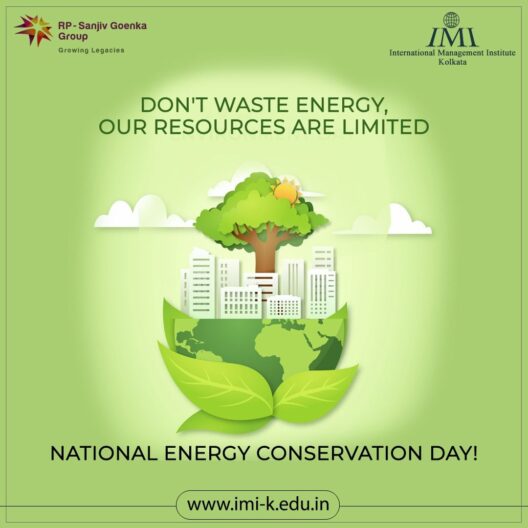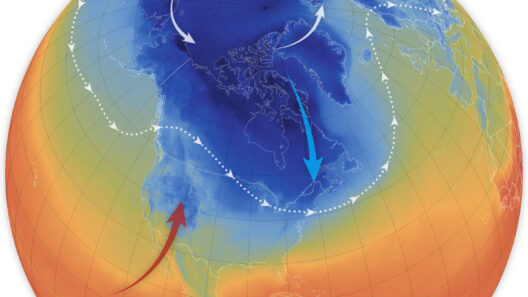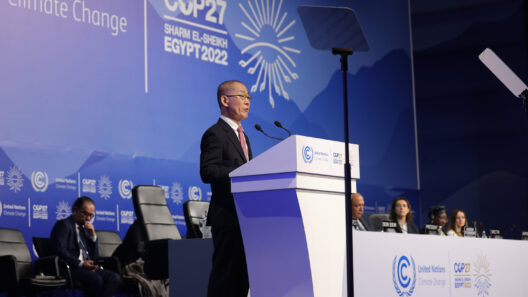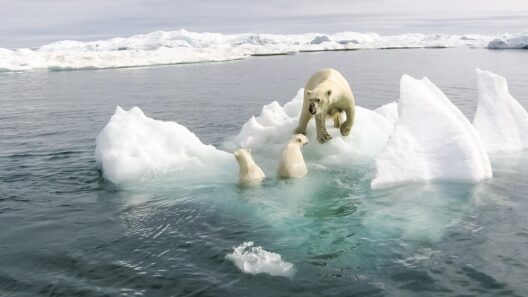The concept of the ripple effect is profound and far-reaching. This metaphor conveys how an action, however minute, can provoke a cascade of reactions, ultimately leading to broader consequences. In the context of environmental sustainability, the ripple effect takes on an exhilarating dimension. By saving energy and water, individuals and communities can substantially impact the entire planet. This is not merely a conceptual exercise; it is a pragmatic avenue toward transformation.
One of the more compelling aspects of conserving resources lies in its multifaceted benefits. Energy conservation directly correlates with diminished carbon emissions, as less energy usage translates into lower fossil fuel combustion. This simple act, performed by households or businesses, can significantly reduce the greenhouse gases that contribute to climate change. As these emissions decrease, air quality improves, which has implications for public health, biodiversity, and the overall resilience of ecosystems.
The urgency to act cannot be overstated. Global temperatures are rising, ice caps are melting, and weather patterns are becoming increasingly erratic. Without the dedication to conserve, these phenomena will escalate, leading to catastrophic consequences. Consider the dire reality of extreme weather events: hurricanes, droughts, and floods ravage communities. These developments usher in economic instability, displacement, and resource scarcity. Therefore, when energy-saving actions are taken collectively, the ripple effect can shift the trajectory of these alarming trends.
Water conservation plays a parallel yet equally vital role. Freshwater resources are diminishing due to heightened consumption, pollution, and climate change. Every drop saved contributes to preserving water for future generations. Imagine the scenario: a single household reduces its water usage. This act may seem inconsequential, yet as each household adopts similar practices, the collective action leads to less pressure on local water supplies and ecosystems. Over time, this can result in healthier rivers and lakes, fostering biodiversity and improving water quality.
Investing in energy-efficient technologies magnifies the ripple effect manifold. By opting for LED lighting, energy-efficient appliances, or solar panels, a household not only decreases its energy consumption but also sets an example for neighbors and communities. These changes inspire others to consider their energy practices. As the momentum builds, demand for sustainable products increases, incentivizing manufacturers to pivot towards greener solutions. This transformative cycle amplifies the initial act of saving energy and ignites a broader commitment to sustainability.
Shifting perspective is crucial. Visualizing oneself as part of a larger ecosystem, where each action has ramifications, fosters an understanding of interconnectedness. When individuals comprehend that their efforts contribute to a larger narrative, they are more likely to engage in eco-friendly practices. This communal perspective plays a pivotal role in challenging the notion of “individualism” that often pervades modern society. It encourages collaboration, advocacy, and the sharing of knowledge, emphasizing that collective action has the power to drive profound change.
Additionally, saving energy and water can have economic repercussions that align with environmental benefits. Households that reduce their energy consumption experience lower utility bills, allowing for reallocation of finances toward other necessities or investments. For businesses, operational efficiencies can lead to significant cost savings that can be redirected toward sustainable practices, employee welfare, or community projects. Essentially, sustainability does not merely align with environmental health; it can also contribute to economic vitality.
The potential attainable through educational initiatives cannot be disregarded. Awareness campaigns that elucidate the importance of energy and water conservation can galvanize collective action. Schools, nonprofit organizations, and community groups have the capacity to disseminate valuable information, experiences, and practices that facilitate change. Workshops that teach practical conservation methods can empower individuals with the knowledge necessary to implement sustainable practices in their own lives.
Equally pressing is the role of policy in facilitating conservation efforts. Policymakers and government institutions wield significant influence in enacting regulations that promote energy efficiency, water conservation, and renewable energy sources. Incentivizing green technology through tax breaks, subsidies, or grants can be instrumental in encouraging individuals and businesses to adopt sustainable practices. As these policies foster tangible change, the ripple effect extends to infrastructural advancements, leading toward a more sustainable future.
The interplay of conservation, community involvement, and policy engenders a transformative discourse that transcends individual actions. Understanding the ripple effect inspires individuals to recognize their role as agents of change. The idea that a single decision—whether turning off lights when leaving a room or taking shorter showers—can inspire a communal movement motivates individuals to take ownership of their environmental footprint. It is not merely about personal responsibility; it involves triggering a collective response that reshapes societal norms and expectations around resource consumption.
As the world grapples with the looming threats of climate change, the question arises: What is your ripple effect? Each person possesses the power to instigate change within their sphere of influence. By recognizing the significance of small actions, and understanding their interconnectedness, we can launch a series of transformations that resound globally. It is an empowering realization that our choices contain the potential to create lasting impacts, urging us to enhance our environmental stewardship in a world that desperately needs it.
In essence, embracing the ripple effect of saving energy and water is not merely an act of conservation; it is an invitation to reimagine our role on this planet. It challenges us to be thoughtful, proactive, and passionate stewards of our environment, leaving behind a legacy of sustainability for future generations. When we alter our mindset and commit to mindful consumption, the results can be astronomical, rippling through communities, ecosystems, and ultimately reshaping the future of our planet.




